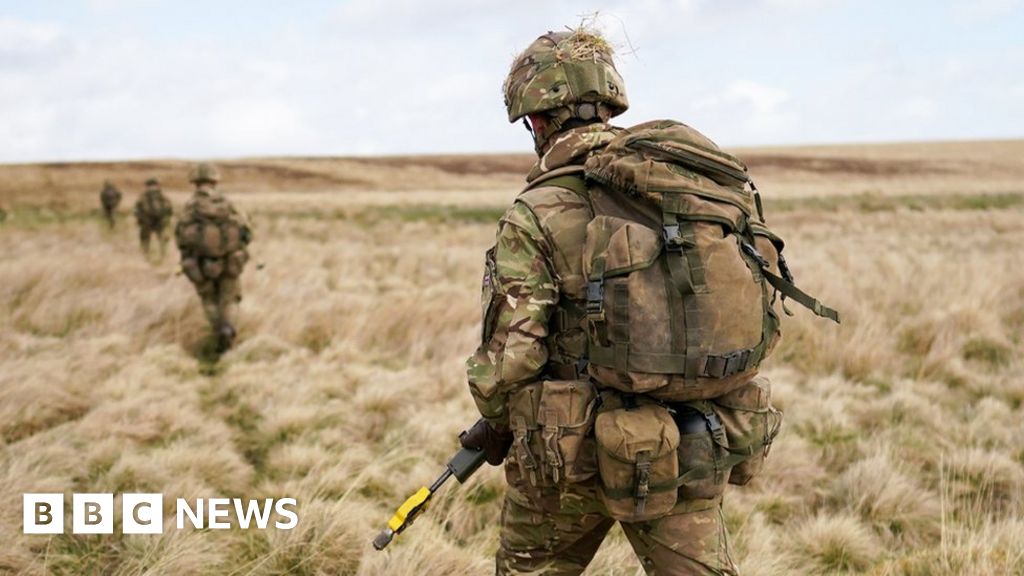In real life the final conviction of W.K. Hale, the “Killers of the Flower Moon” archvillain portrayed by Robert De Niro, involved two federal grand juries, three federal trials in three different venues, a U.S. Supreme Court intervention, the Eighth U.S. Circuit Court of Appeals, several related state trials and a pair of stolen cowboy boots.
And that was for just one of the many murders investigators believed Hale ordered.
The cast for “Killers of the Flower Moon” lists only one attorney for Hale, W.S. Hamilton. In reality, Hale had a legal team that also included former Oklahoma Attorney General S. Prince Freeling, flamboyant Tulsan J.M. Springer (technically co-defendant John Ramsey’s attorney but paid by Hale) and J.I. Howard of Oklahoma City.
Likewise, only one prosecutor is on the cast list — “Leaward,” apparently a composite of a team that varied from state to federal court but always included T.J. Leahy, a long-time Pawhuska attorney identified as a “special prosecutor” hired by “Osage County citizens.” Leahy prosecuted every one of the Osage murder cases and was instrumental in getting Ernest Burkhart to testify against Hale, his uncle.
People are also reading…
The film is based on American journalist David Grann’s bestselling book, “Killers of the Flower Moon: The Osage Murders and the Birth of the FBI.” Courtesy
Other prosecutors included Oklahoma City U.S. Attorney Roy St. Louis, Special Assistant U.S. Attorney General Edwin Brown and Tulsa U.S. Attorney John Goldesberry.
Hale’s three federal trials all were for the 1923 murder of Osage Henry Roan (also known as Henry Roan Horse) on the allotment of Rose Little Star.
Hale’s first two trials, both in 1926, were with co-defendant Ramsey, the perpetually down-on-his-luck cowboy accused of shooting Roan at Hale’s behest.
The first trial, in Guthrie, was delayed several months while the U.S. Supreme Court decided whether Little Star’s allotment constituted “Indian Country.” This was a crucial point, because prosecutors did not want Hale tried in state court in Pawhuska. They believed his influence there would make conviction difficult if not impossible.
But, because of the federal trial’s delay and possible dismissal, the state went ahead with proceedings against Hale, Ramsey and Ernest Burkhart for another murder: that of Bill Smith, Ernest and Mollie Burkhart’s brother-in-law. Why they weren’t also tried for the deaths of Rita Smith and Nettie Brookshire, who were also killed in the same 1923 bombing that killed Bill Smith, is unclear.
Prosecutors tried Burkhart first. He had already confessed to his role in the bombing and told pretty much all he knew about Hale and Ramsey.
Burkhart’s trial in Pawhuska produced some of the most dramatic moments of all the legal proceedings. Pressured by Hale and his lawyers, Burkhart insisted that his confession had been forced from him at gunpoint.
Finally, after 2½ weeks, Burkhart asked that Leahy be brought to his cell. Burkhart’s 4-year-old daughter had died during the trial. His entire life was in shambles. He wanted to plead guilty, Burkhart told Leahy.
“I’m tired and disgusted,” he said.
By this time the U.S. Supreme Court had ruled that federal district court was indeed the proper venue to try Hale and Ramsey for Roan’s murder. The trial began in Guthrie in late July 1926.
Burkhart, testifying against his uncle, said Springer encouraged him to claim he’d been “shell shocked” by two days in a foxhole without food or water during the World War. It wasn’t true — Burkhart had been a cook during the war.
During this trial, Fairfax Justice of the Peace H.E. Wilson may have been the first to use a term that became synonymous with the Osage murders.
“Fairfax suddenly found itself wrapped in an invisible reign of terror,” Wilson testified. “No Indian of wealth in the town knew when the mastermind of the murder ring would next claim him.”
Hale and Ramsey — the latter of whom had signed a confession in early January — professed their innocence and claimed federal investigators threatened them with pistols and electrified wires.
The trial lasted a month and ended with a deadlocked jury — and bitter accusations of tampering, perjury, torture and Springer using foot signals to coach a witness during cross examination.
The second Hale-Ramsey trial, two months later in Oklahoma City, took less than two weeks. The jury quickly voted to convict and, according to news reports, was ready to recommend the electric chair until two jurors backed out.
Hale appealed, saying he and Ramsey should have been tried separately. The 8th Circuit Court agreed and in 1928 ordered a new trial.
When Henry Roan was killed in 1923, Osage County was in the federal court system’s Western District of Oklahoma, so Hale and Ramsey were tried in Guthrie and Oklahoma City.
By the time of Hale’s third federal trial in January 1929, Osage County was in the newly created Northern District of Oklahoma, based in Tulsa. And, in fact, some scenes for “Killers of the Flower Moon” were shot outside downtown Tulsa’s federal courthouse, where Hale would have been arraigned before District Judge Franklin Kennamer.
But federal law at the time allowed federal defendants to request trial in the county in which the crime occurred. So federal prosecutors wound up trying Hale in Pawhuska, after all.
The trial did not get off to an auspicious start for Hale. One of his defense witnesses, Forrest McGee, was arrested after an Osage man in the courtroom gallery recognized his boots on McGee’s feet.
The stolen footwear had no bearing on the case but was indicative of the sort of people rounded up to testify on Hale’s behalf. It also encapsulated the larger dynamic at work — the thieves were even stealing the Osages’ boots.
But McGee’s arrest may have also signaled a change. He didn’t get away with stealing the boots, and Hale didn’t get away with murder — at least not entirely.
Hale was convicted for Henry Roan’s murder and sentenced to life in prison but was paroled in 1947. He died in 1962 at the age of 87.
Ramsey also was granted another trial. His conviction in Pawhuska on Nov. 20, 1929, essentially brought prosecutions for the murders tied to Hale to a close.
Asa “Ace” Kirby, believed to have set the bomb that killed the Smiths and Brookshire, died somewhat mysteriously before he could be charged.
Ernest Burkhart was sentenced to life in prison after pleading guilty in 1926. Kelsey Morrison had admitted during Burkhart’s 1926 trial that he and Ernest’s brother Bryan (also known as Byron) Burkhart killed Anna Brown, who was Mollie Burkhart and Rita Smith’s sister, in 1921. His defense attorneys somehow managed to keep the testimony out of Morrison’s 1927 trial in Bartlesville, but he was convicted, anyway.
Bryan Burkhart, who held Anna Brown while Morrison shot her to death, managed to evade punishment. A 1927 trial ended in a hung jury, and the charges were dropped after he testified against Morrison.
In 1967, a 60-year-old Osage woman named Lillie Margaret Morrell died near Fairfax, leaving behind a modest estate and instructions that if anything suspicious happened to her, the man with whom she was living — and had twice been married — should be investigated.
That man was Bryan Burkhart.
The new Tulsa World app offers personalized features. Download it today.
Users can customize the app so you see the stories most important to you. You can also sign up for personalized notifications so you don’t miss any important news.
If you’re on your phone, download it here now: Apple Store or Google Play

Sarah Wilson is your guide to the latest trends, viral sensations, and internet phenomena. With a finger on the pulse of digital culture, she explores what’s trending across social media and pop culture, keeping readers in the know about the latest online sensations.






